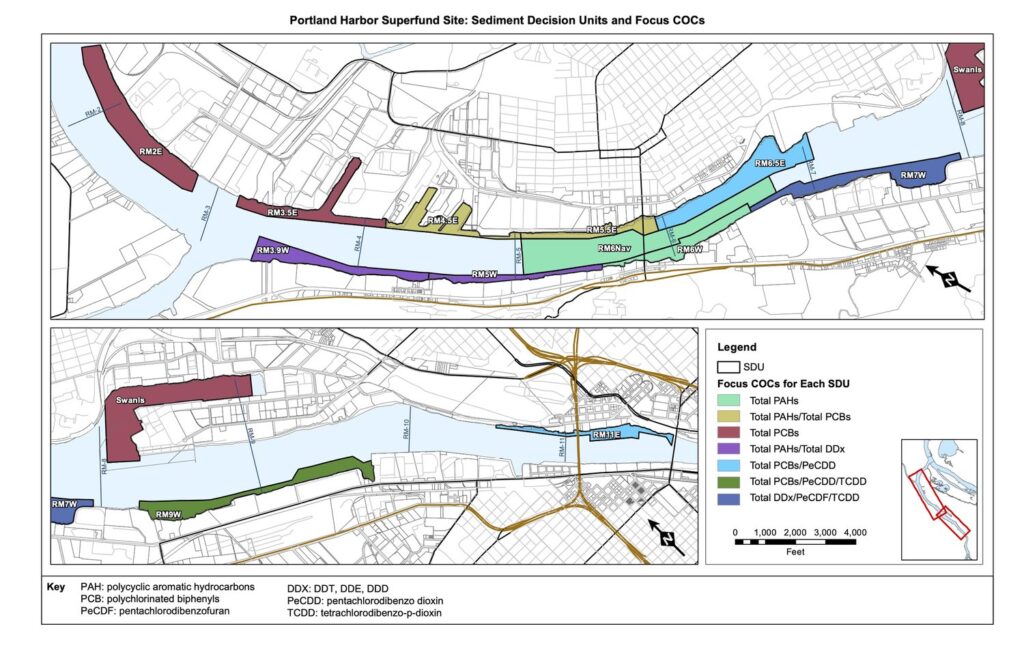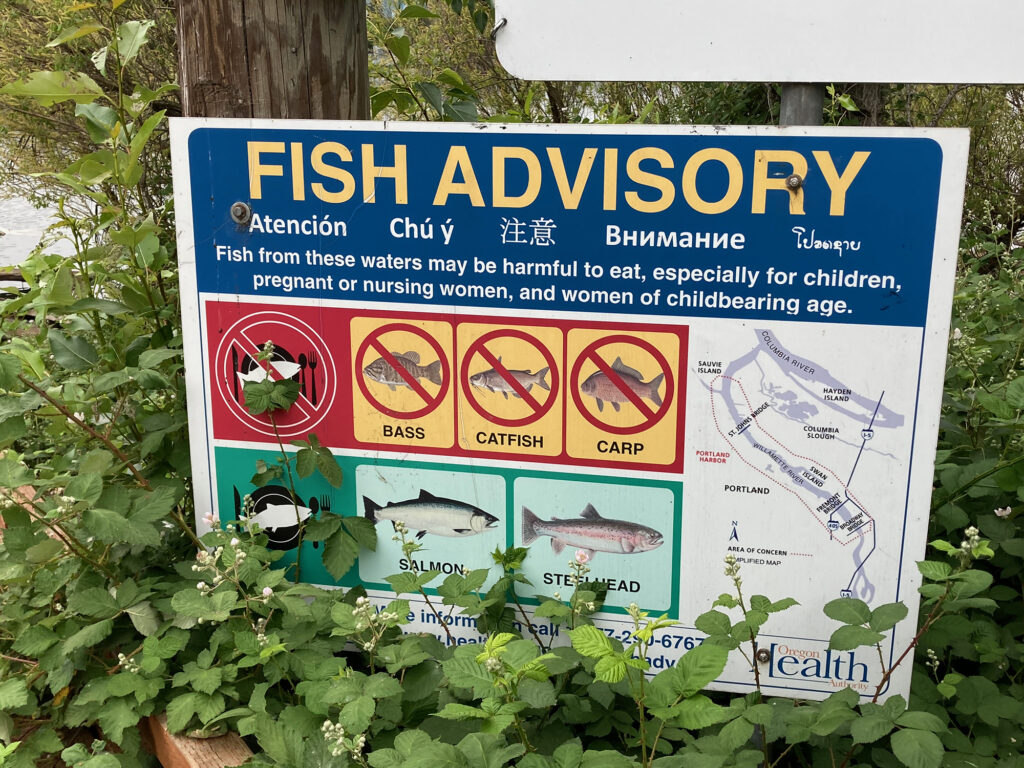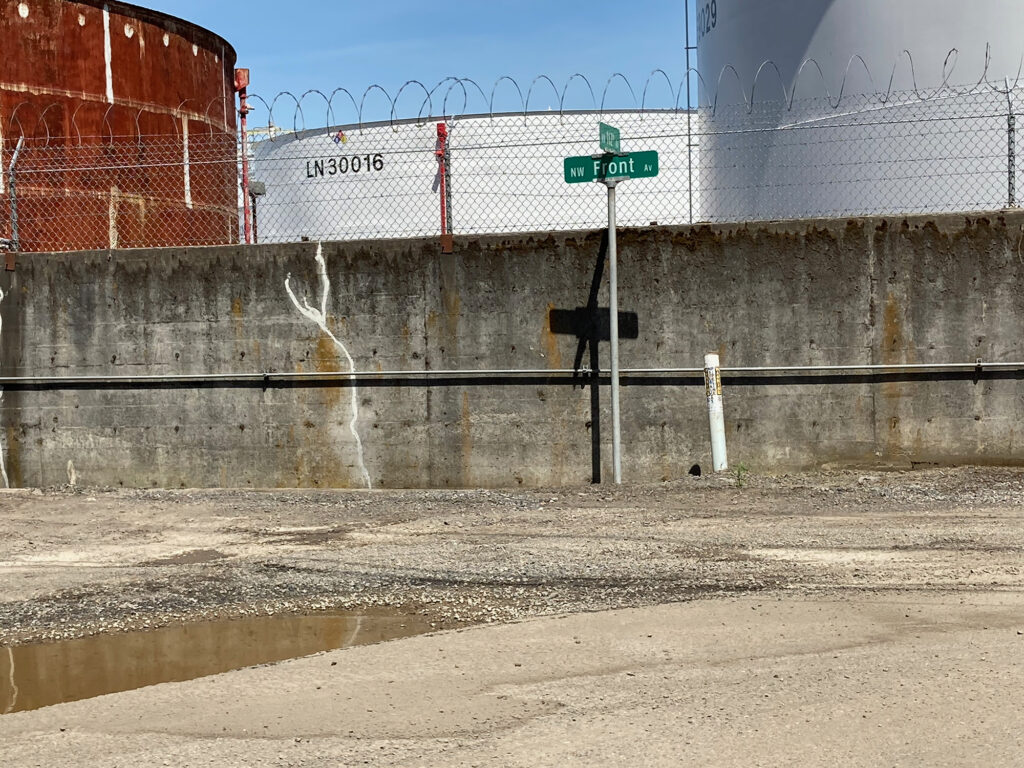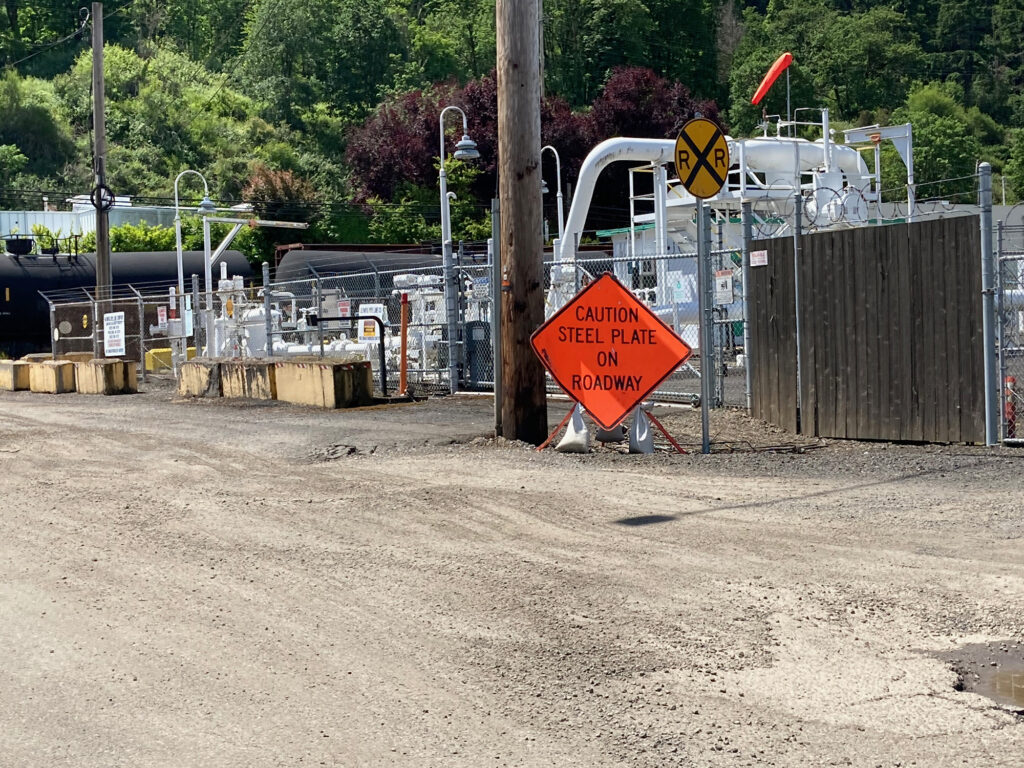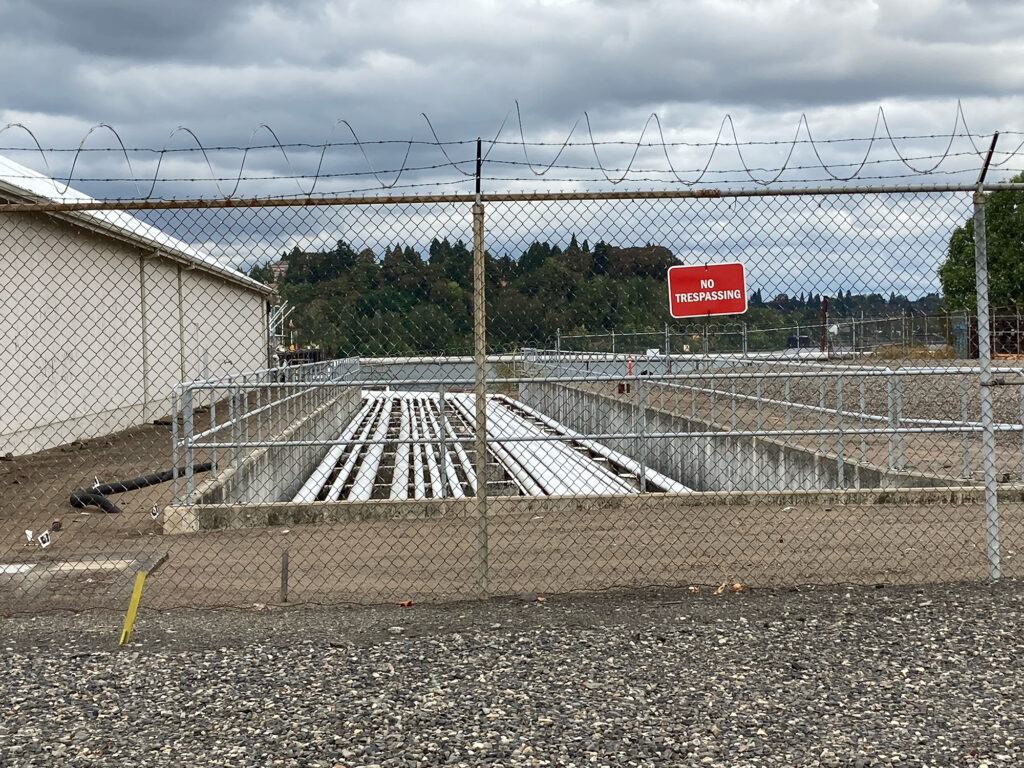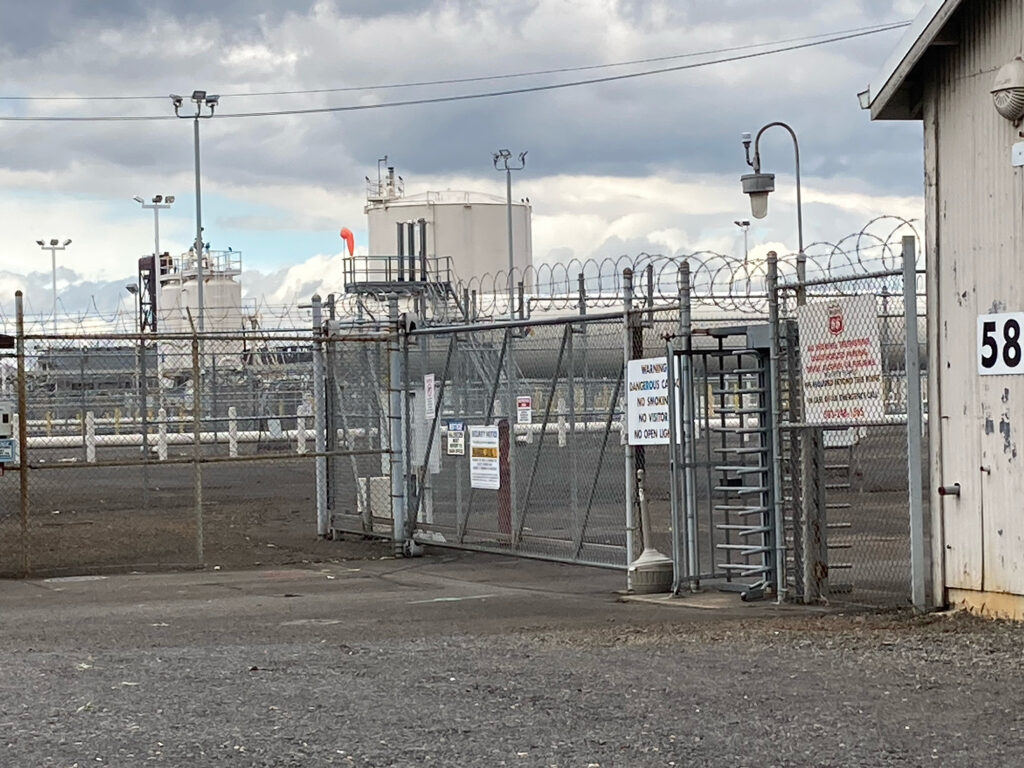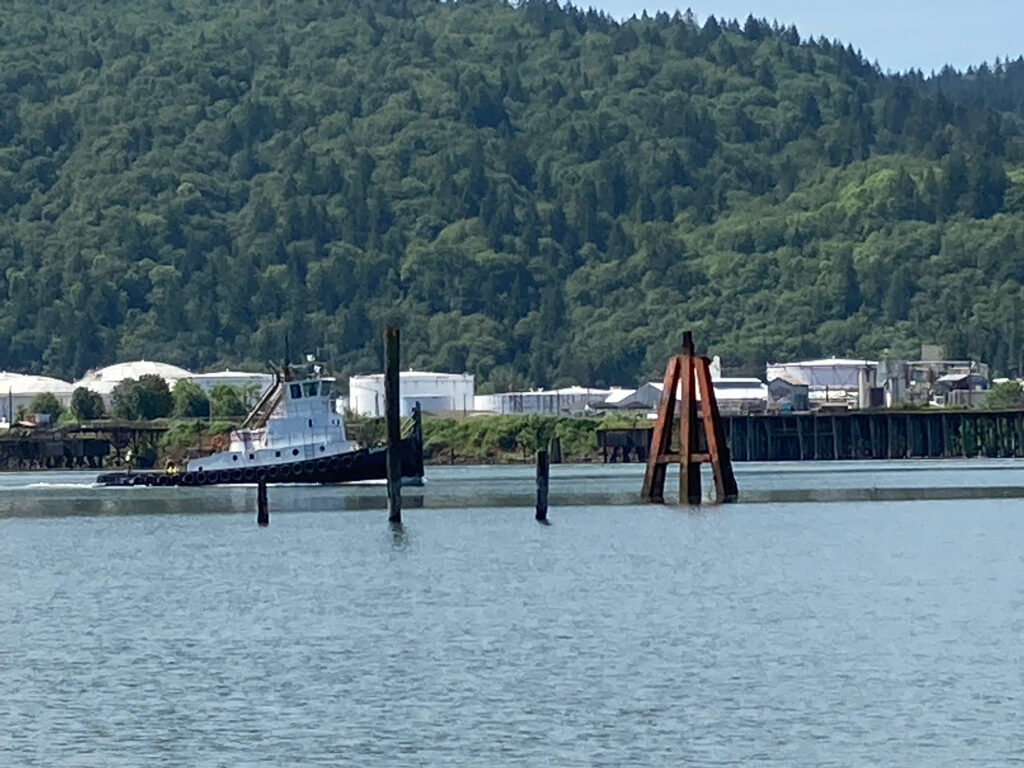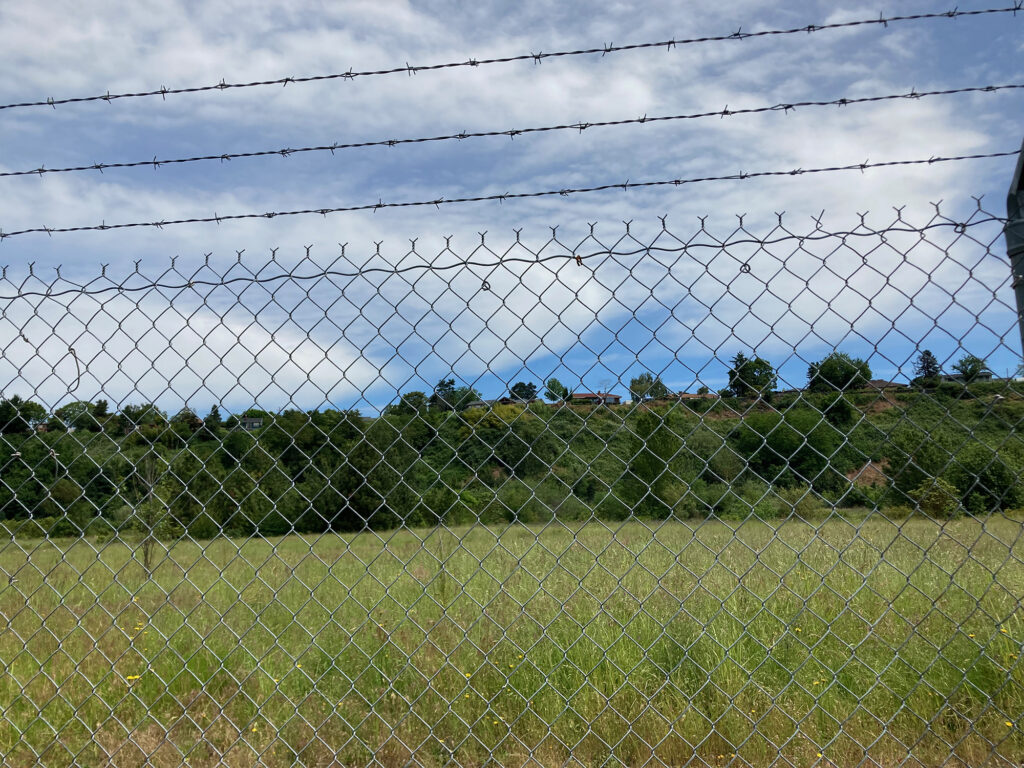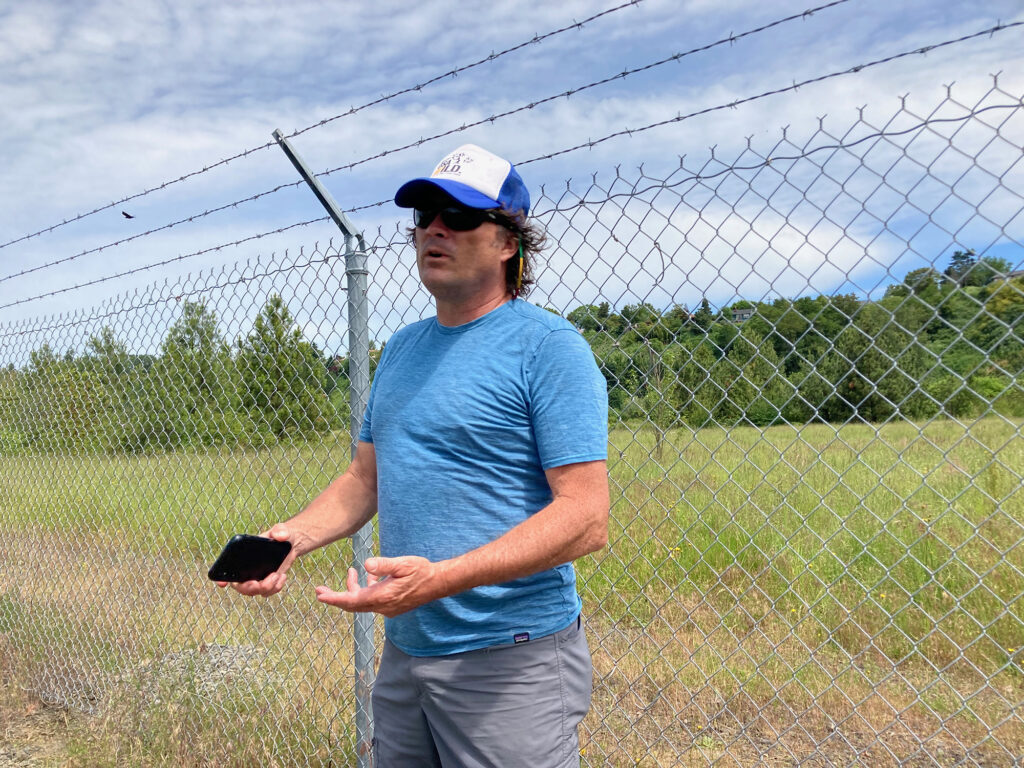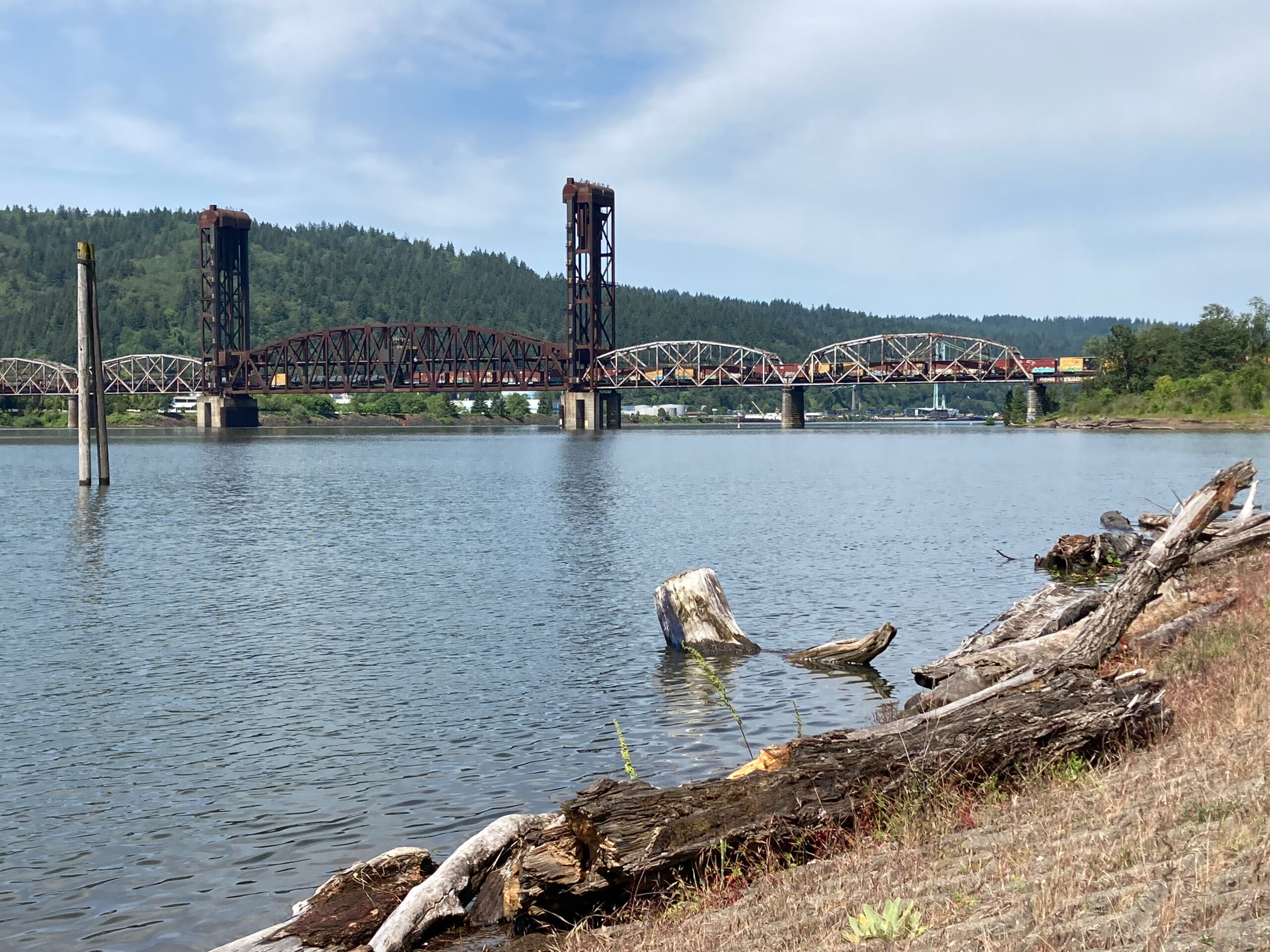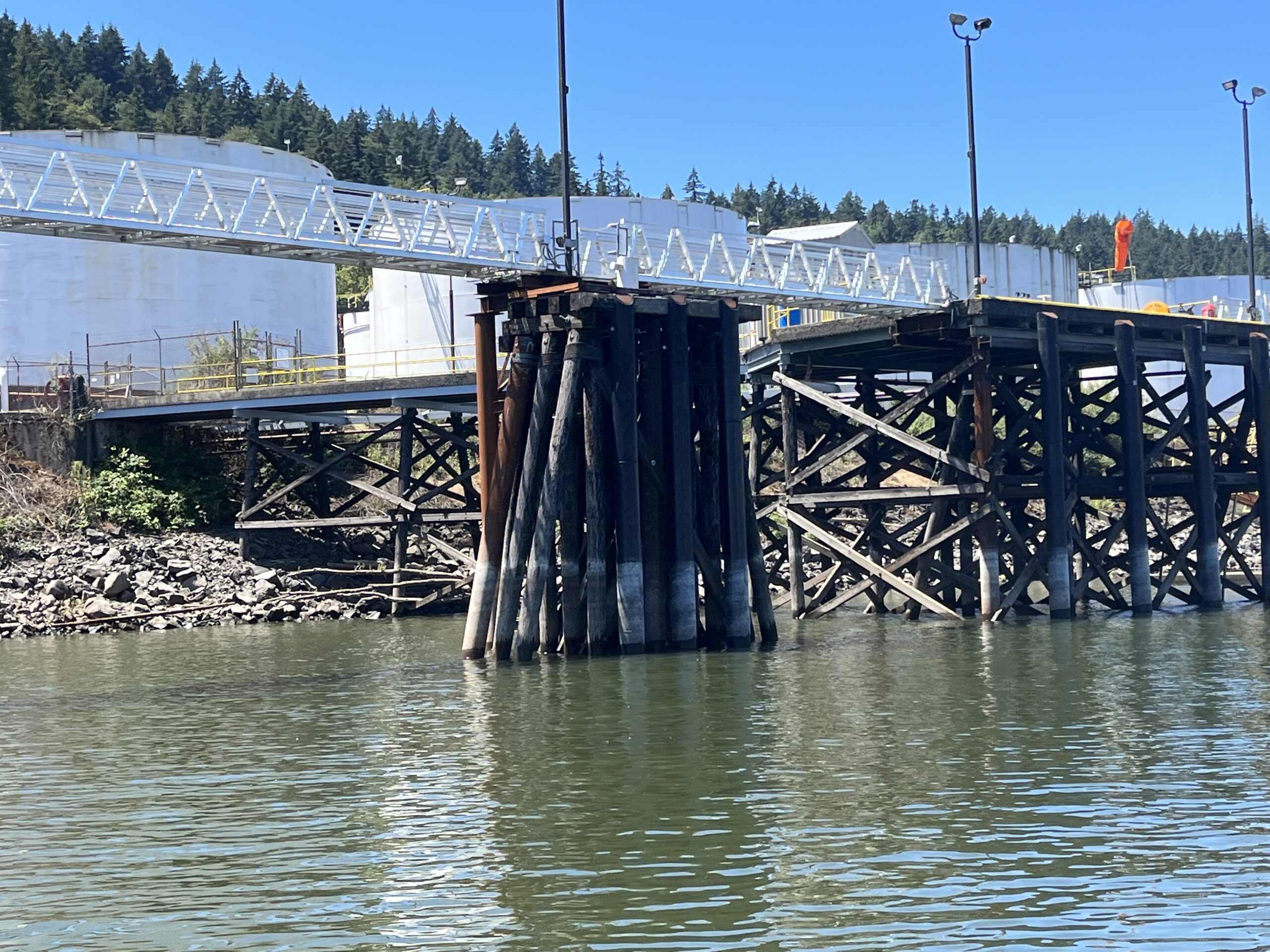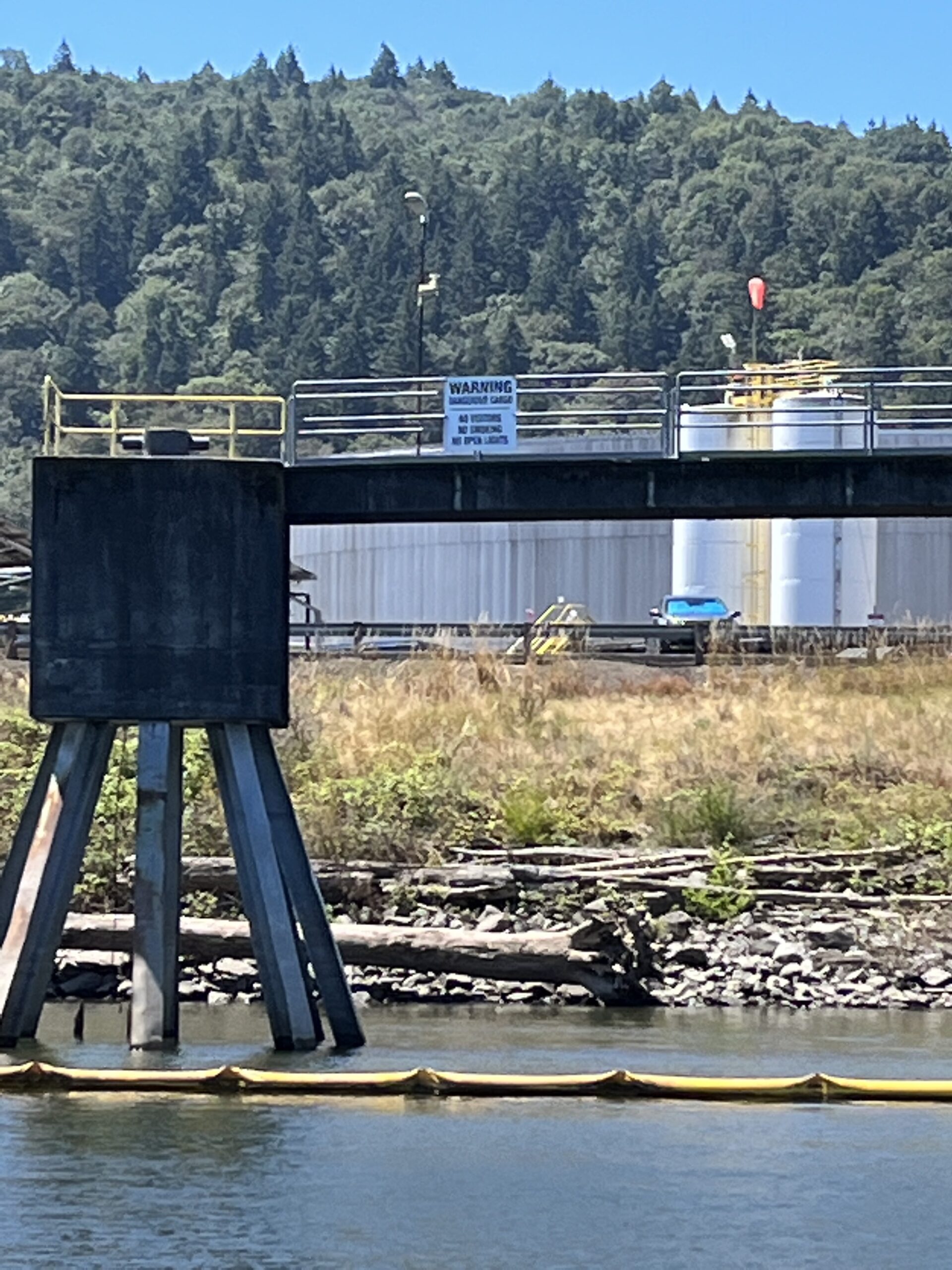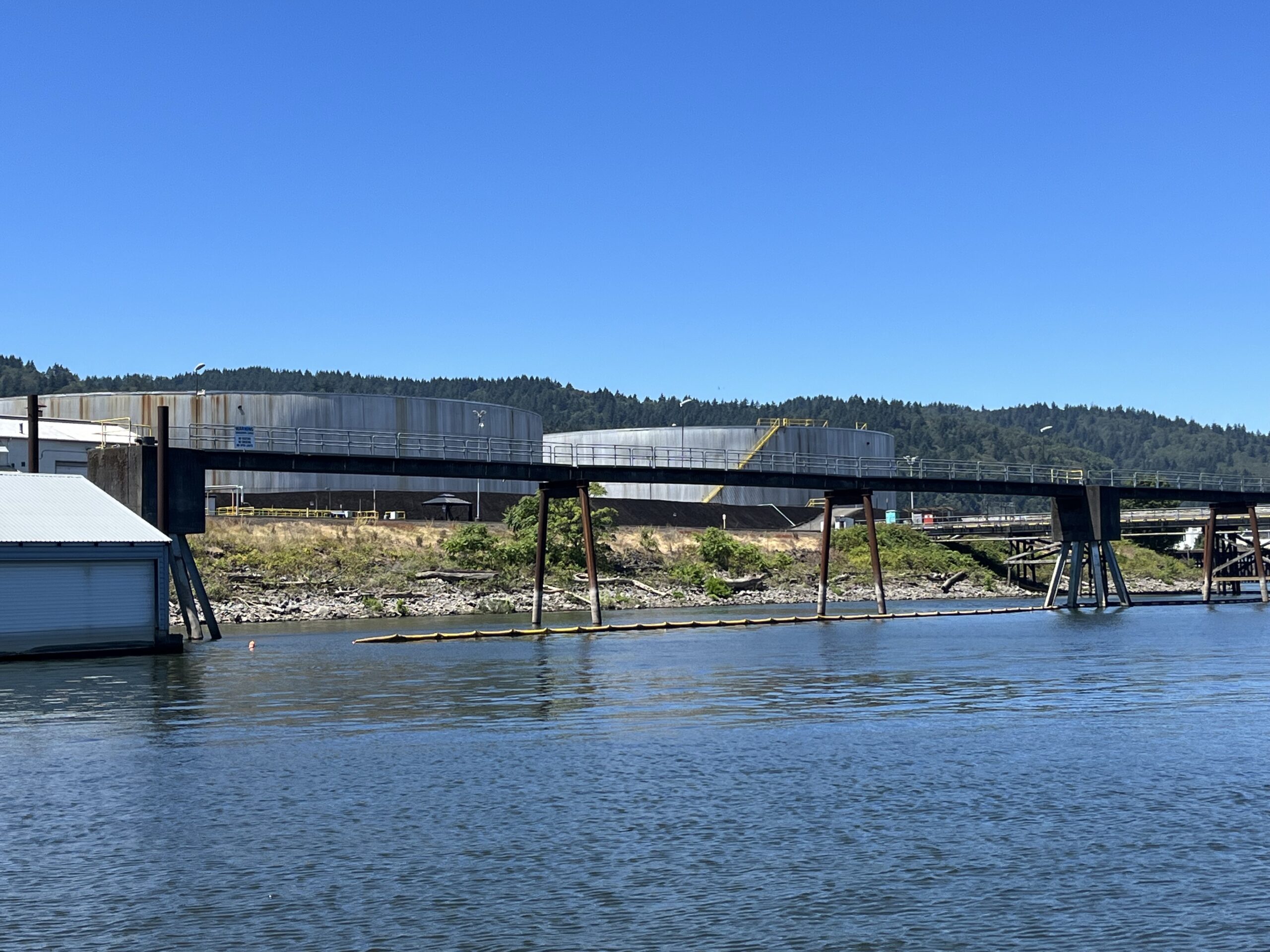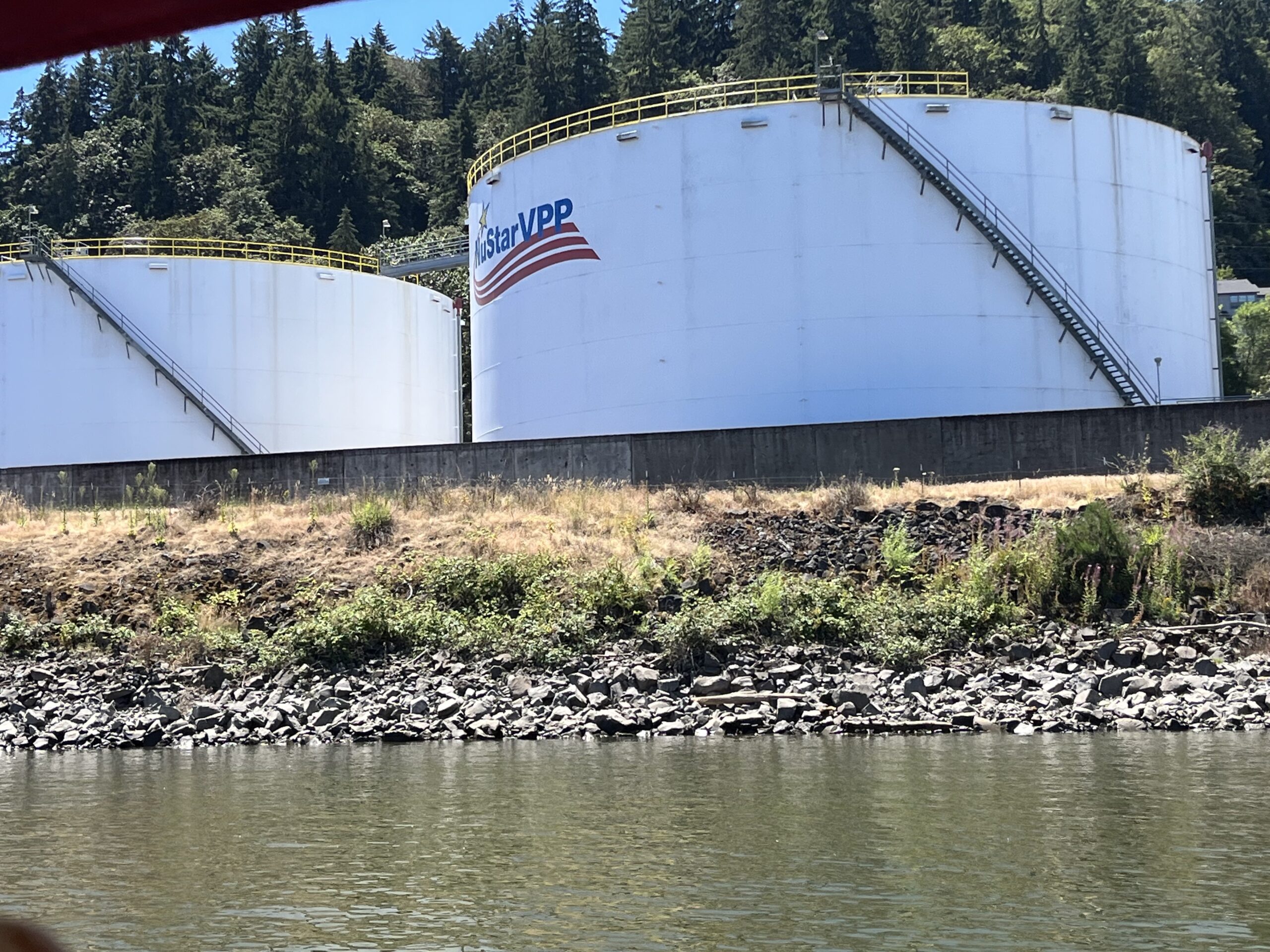The last 10 miles of the Willamette River have been designated as a Superfund Site, a federal designation for the worst contaminated areas in the United States. The North Reach of the Willamette is the largest and most complex Superfund Site in the country. This highly contaminated stretch of the Willamette starts at the confluence with the Columbia River and extends to the Fremont Bridge connecting North and Northwest Portland.
For decades pollutants such as PCBs, DDT, and oil-based contaminants were released into the Willamette River, and collected in the river bottom as well as in riverside lands.
Under the federal Superfund law, those who are responsible for the pollution in the river are required to clean it up, or they must pay for the clean up. There are over 100 different responsible parties who hold liability in relation to Portland Harbor.
The Portland Harbor was declared a Superfund Site in 2000. Twenty-two years later, after much obfuscation on the part of the polluting industries, a clean up plan is nearing completion. Then at last the clean up will begin.
For decades industry utilized the Willamette River as its dumping ground. One EPA official described it as an unconfined disposal area.
Rose Longoria, Yakama Nation
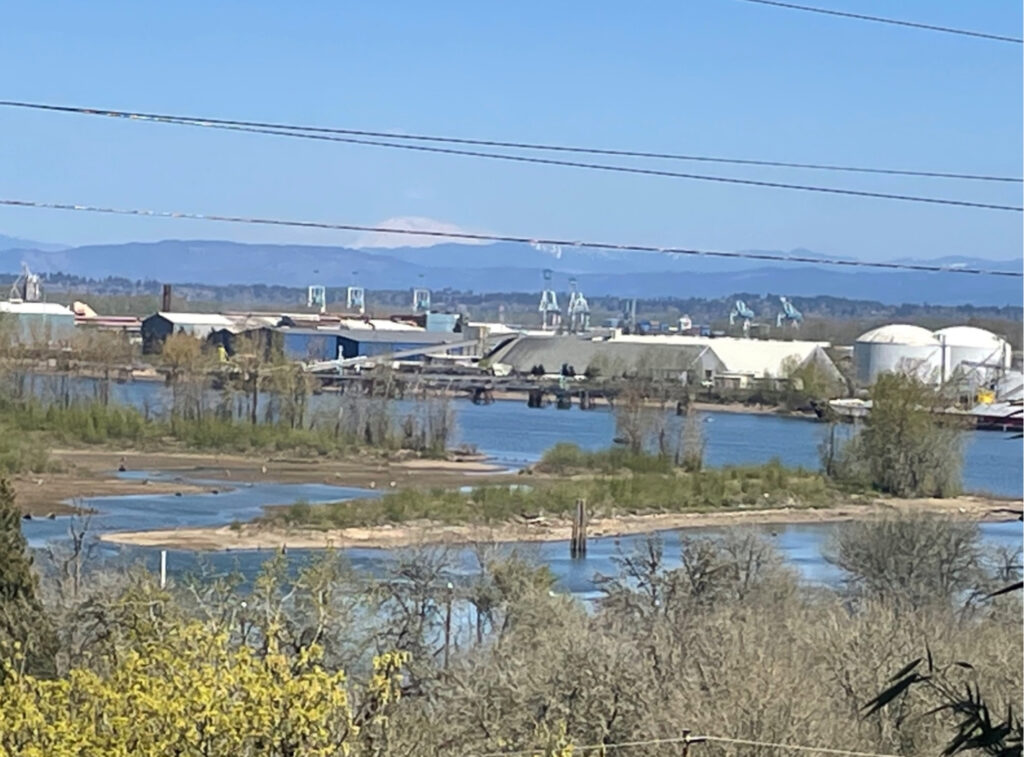
Portland thinks of itself as this great green city. We have a ten mile, eleven mile long Superfund site running through the heart of our city. You can’t be green and have a Superfund site of that size in the middle of your city.
Bob Sallinger, Portland Audubon
